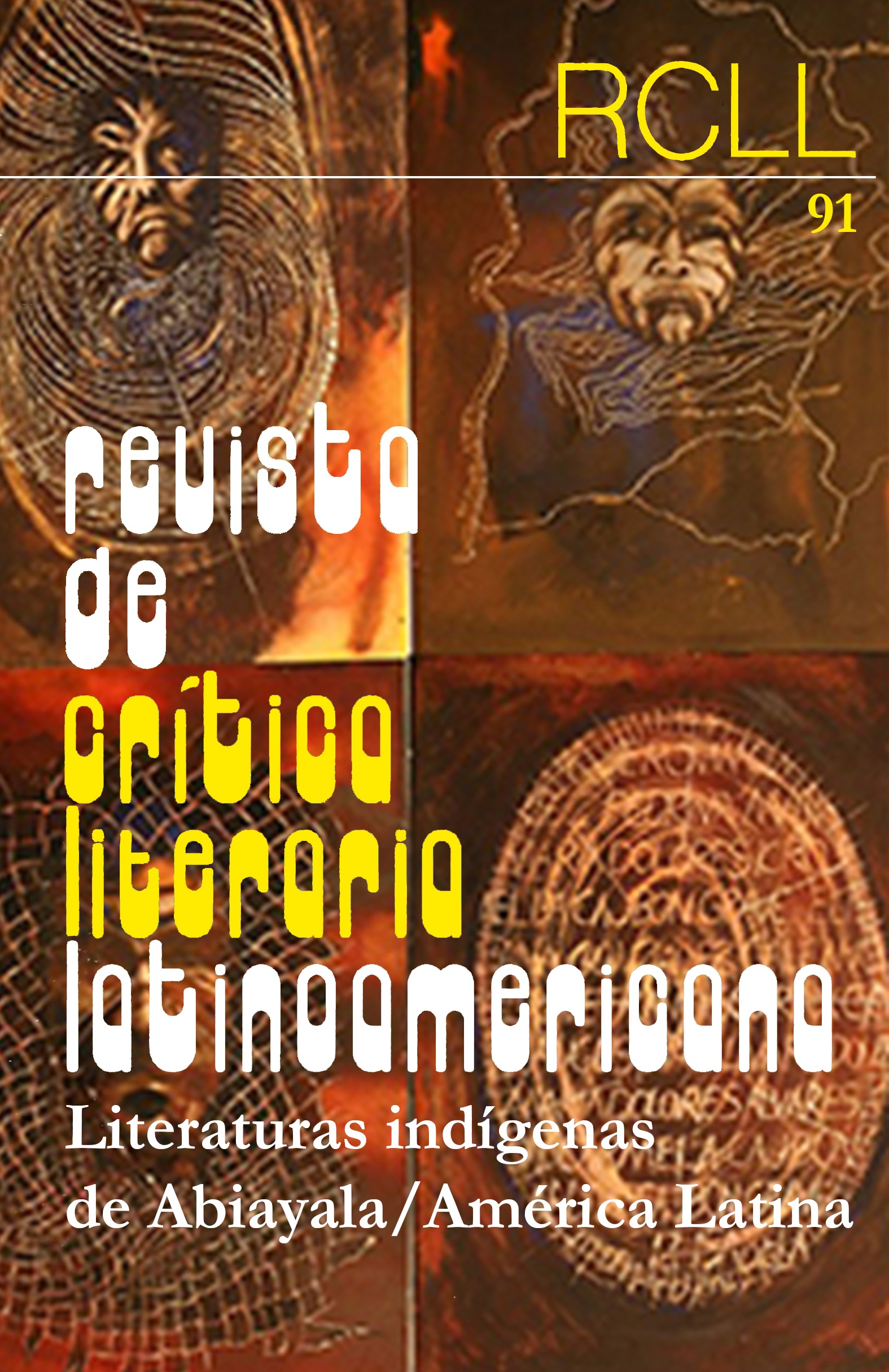Los ojos de la cara, la cara de las hojas: los significados conflictivos de ixtlamatilistli
Keywords:
indigenous studies, education, decolonizing methodologies, language revitalization, codeswitching, theatre, Mexico, Mexican literature, Huasteca, Nahua, NahuatlAbstract
In this article I analyze Nahua playwright Ildefonso Maya’s theatrical work Ixtlamatinij (1987). The Nahuatl term ixtlamatini, in the Huasteca, has two meanings that clash with one another. It can denote a person who has gained knowledge through lived experience, or instead someone who has obtained knowledge through university education. I argue that the conflictive meanings of ixtlamatini are key to understanding how Maya stages Nahua perspectives as valid intellectual production. In doing so, he proposes a wider conception of what constitutes a text, of what has ixtli (face): ceremonies, the environment, clothing, and language as a metonym of the face. The work Ixtlamatinij defends Nahua practices as an effective strategy to dismantle the discrimination aimed against Native nations.





